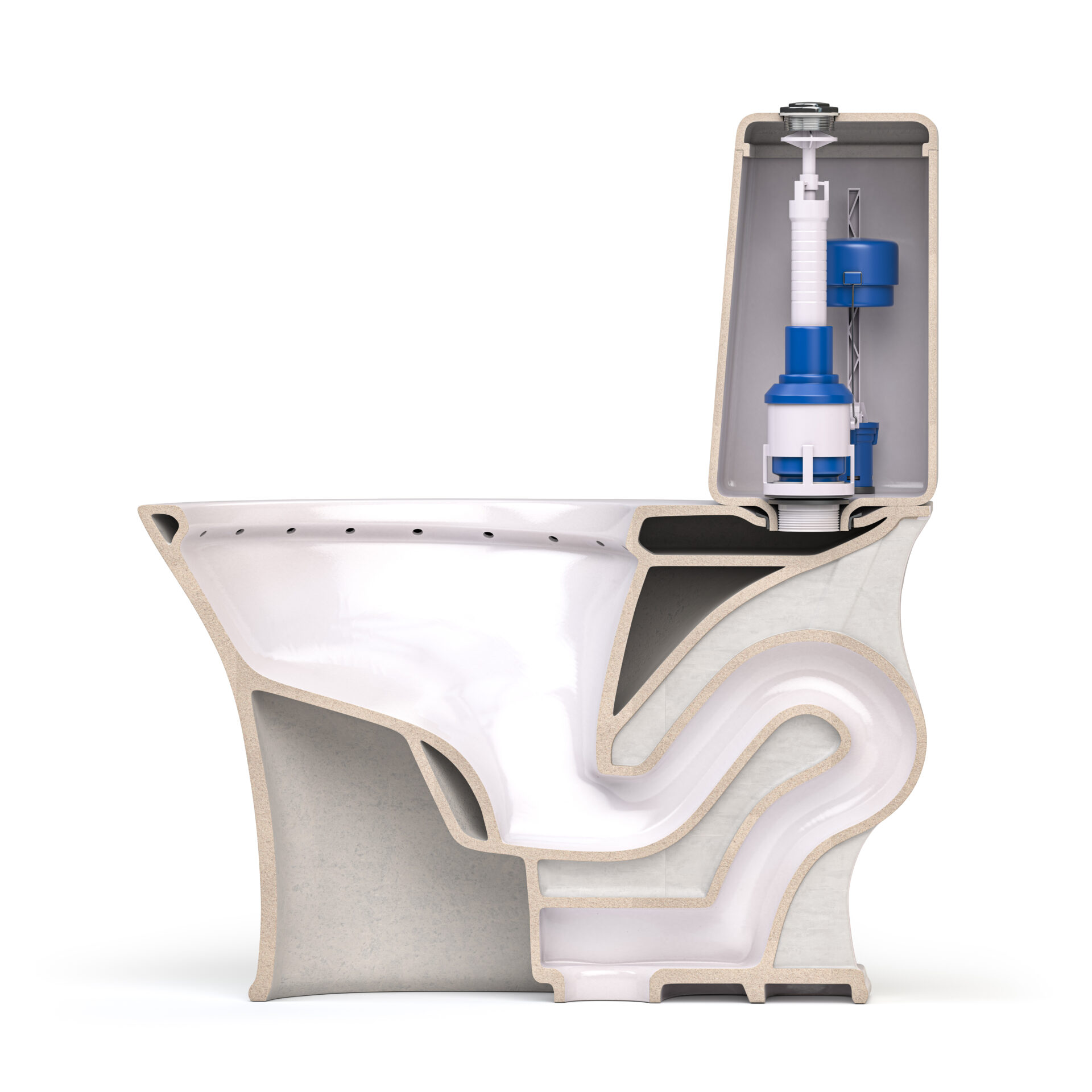
There’s been a big push in recent years for high-efficiency, well, everything. Dishwashers that use less water, washing machines that sip rather than guzzle, toilets with smaller reservoirs, on-demand water heaters, and the list goes on…
As professional plumbers in New Jersey, we’re all for it. Conservation and smart usage is a big deal.
But many homeowners don’t realize the sheer volume of water waste that can be attributed to leaks, drips, dribbles, and malfunctions. Gallons and gallons per day lost almost imperceptibly, all because minor parts need to be repaired or replaced.
Today, let’s tackle one of the most common culprits: a faulty toilet flapper. Ready?
What Does a Toilet Flapper Do?
The toilet flapper plays a vital role in the flushing mechanism of your toilet. When you press the flush handle, the flapper lifts, allowing water to flow from the tank into the bowl, facilitating the flush. Once the tank is empty, the flapper closes, sealing the tank and stopping the water flow.
Simple enough, right?
Over time, however, the flapper can wear out or become misaligned, leading to continuous water seepage.
How Do You Know If a Toilet Flapper Is Broken?
We have a super easy trick for you.
- Remove the toilet tank lid.
- Add a few drops of food coloring (preferably a dark color) into the tank water.
- Wait for approximately 15-20 minutes without flushing the toilet.
- If the colored water seeps into the bowl, you have a leaking flapper.
It’s also important to listen for the sound of your toilet continuously running after your flush is complete, almost like a hiss that never stops.
How Do You Fix Or Replace a Toilet Flapper?
You can always call in a pro, if you’d like. It won’t take a plumber long to confirm the source of the problem and make the switch. But if you’d rather tackle it yourself, or at least know what’s involved, here’s a quick overview:
- Turn off the water supply to the toilet by closing the shut-off valve located behind or beside the toilet.
- Flush the toilet to empty the tank completely.
- Remove the flapper by detaching it from the flush chain or hinge.
- Take the old flapper to a hardware store to find an exact replacement.
- Install the new flapper in place of the old one and reattach the chain or hinge.
- Turn on the water supply and let the tank refill.
- Test the toilet by flushing it and ensure there are no leaks.
If the flapper is in good condition but still causes issues, check the chain or hinge connecting the flapper to the flush handle. Adjust or replace them if necessary.
Why Is Fixing a Toilet Flapper So Important?
Depending on the degree to which your flapper is stuck open, you could waste as much as 200 gallons of water per day! Over the course of a few months, that’d be enough water to fill a good-sized, above-ground swimming pool. So yes, it adds up fast!
More Common Plumbing Issues To Watch For
You can’t just repair plumbing issues… Proactive maintenance is important, too. Watch out for red flags on a routine basis, make sure there are no expected spikes in your utility bills, and remediate problems as quickly as possible to reduce waste and costs.
You might want to add these common culprits to your list:
- Leaky faucets: that small dripping causes MASSIVE waste in no time at all.
- Showerheads, especially older units, can have an inefficient flow rate. A quick upgrade makes for more comfortable showers and water saved.
- Outdoor irrigation systems that aren’t properly maintained can dribble away a serious amount of water. Routine maintenance is key.
- Boilers and hot water heaters that aren’t serviced on an annual basis can lose efficiency, and definitely are more prone to problems in the long-term.
- Watch out for overwatering your lawn, too. It’s not good for your grass, and can also result in runoff and waste.
Have More Plumbing Questions?
Contact us at Accurate Plumbing. We’re here to help, protecting your home, your budget, and your resources.
